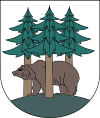Kętrzyn
| Kętrzyn | |||
|---|---|---|---|
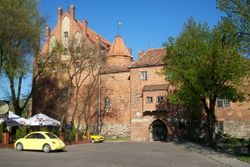 |
|||
|
|||
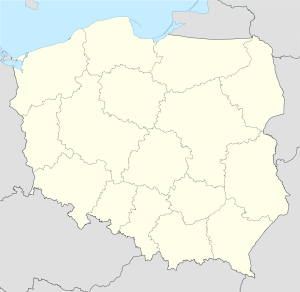 Kętrzyn
|
|||
| Coordinates: | |||
| Country | |||
| Voivodeship | Warmian-Masurian | ||
| County | Kętrzyn County | ||
| Gmina | Kętrzyn (urban gmina) | ||
| Established | 1329 | ||
| Town rights | 1357 | ||
| Government | |||
| - Mayor | Krzysztof Hećman | ||
| Area | |||
| - Total | 10.34 km2 (4 sq mi) | ||
| Population (2006) | |||
| - Total | 28,000 | ||
| - Density | 2,707.9/km2 (7,013.5/sq mi) | ||
| Time zone | CET (UTC+1) | ||
| - Summer (DST) | CEST (UTC+2) | ||
| Postal code | 11-400 | ||
| Area code(s) | +48 89 | ||
| Car plates | NKE | ||
| Website | http://www.ketrzyn.pl/ | ||
Kętrzyn [ˈkɛntʂɨn] (![]() listen) (German: Rastenburg (
listen) (German: Rastenburg (![]() listen); former Polish: Rastembork), is a town in northeastern Poland with 28,351 inhabitants (2004). Situated in the Warmian-Masurian Voivodeship (since 1999), Kętrzyn was previously in Olsztyn Voivodeship (1975–1998). It is the capital of Kętrzyn County. The city was named after Wojciech Kętrzyński in 1950.
listen); former Polish: Rastembork), is a town in northeastern Poland with 28,351 inhabitants (2004). Situated in the Warmian-Masurian Voivodeship (since 1999), Kętrzyn was previously in Olsztyn Voivodeship (1975–1998). It is the capital of Kętrzyn County. The city was named after Wojciech Kętrzyński in 1950.
Contents |
History
The original inhabitants of the region were the Balt tribe of the Aesti, mentioned by Tacitus in his Germania (AD 98). The town of Rastenburg was established in 1329 in the Monastic state of the Teutonic Knights and was granted town rights in 1357.
Later, the town was in the German province of East Prussia, and was known in German as Rastenburg and in Polish as Rastembork.
The region was the scene of fighting during both world wars. in 1914 it was the scene of the battle of the Masurian Lakes during the Tannenberg campaign.
Adolf Hitler's wartime military headquarters, the Wolfsschanze (Wolf's Lair), was located in the forest east of Rastenburg. The bunker was the setting for the failed 20 July plot against Hitler. In 1945 the area suffered devastation from both the retreating Germans and advancing Russians during the Vistula-Oder campaign. The ruins of the Wolfsschanze, blown up by the retreating Germans, are today an important tourist attraction.
Rastenburg was occupied by the Red Army in 1945 near the end of World War II. After the war ended, it was placed under Polish administration according to the decisions made at the Potsdam Conference. Its German residents who had not evacuated were subsequently expelled westward and replaced with Poles. The town was renamed from Rastenburg to Kętrzyn after the Masurian activist Wojciech Kętrzyński in 1950.
People
- Karl Bogislaus Reichert, German anatomist of the 19th century.
- Elisabet Boehm (1859–1943), women's rights advocate
- Arno Holz (1863–1929) poet and dramatist
- Wilhelm Wien, physicist who received the Nobel Prize in physics in 1911 for his work on black body radiation. He was a cousin of Max Carl Wien, also a physicist.
- Waldemar Grzimek (1918–1984), sculptor
- Siegfried Tiefensee (1922–2009), composer
Gallery
|
Saint George's Church in Kętrzyn, built in German Backstein Gothic style |
 Monument in Kętrzyn to Wojciech Kętrzyński |
 Kętrzyn Castle |
International relations
Twin towns — Sister cities
Kętrzyn is twinned with:
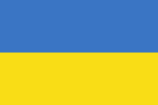 Volodymyr-Volynskyi, Ukraine
Volodymyr-Volynskyi, Ukraine Wesel, Germany
Wesel, Germany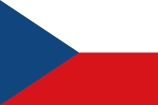 Zlaté Hory, Czech Republic
Zlaté Hory, Czech Republic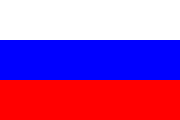 Svetly, Russia
Svetly, Russia
External links
|
||||||||||||||
|
||||||||||

